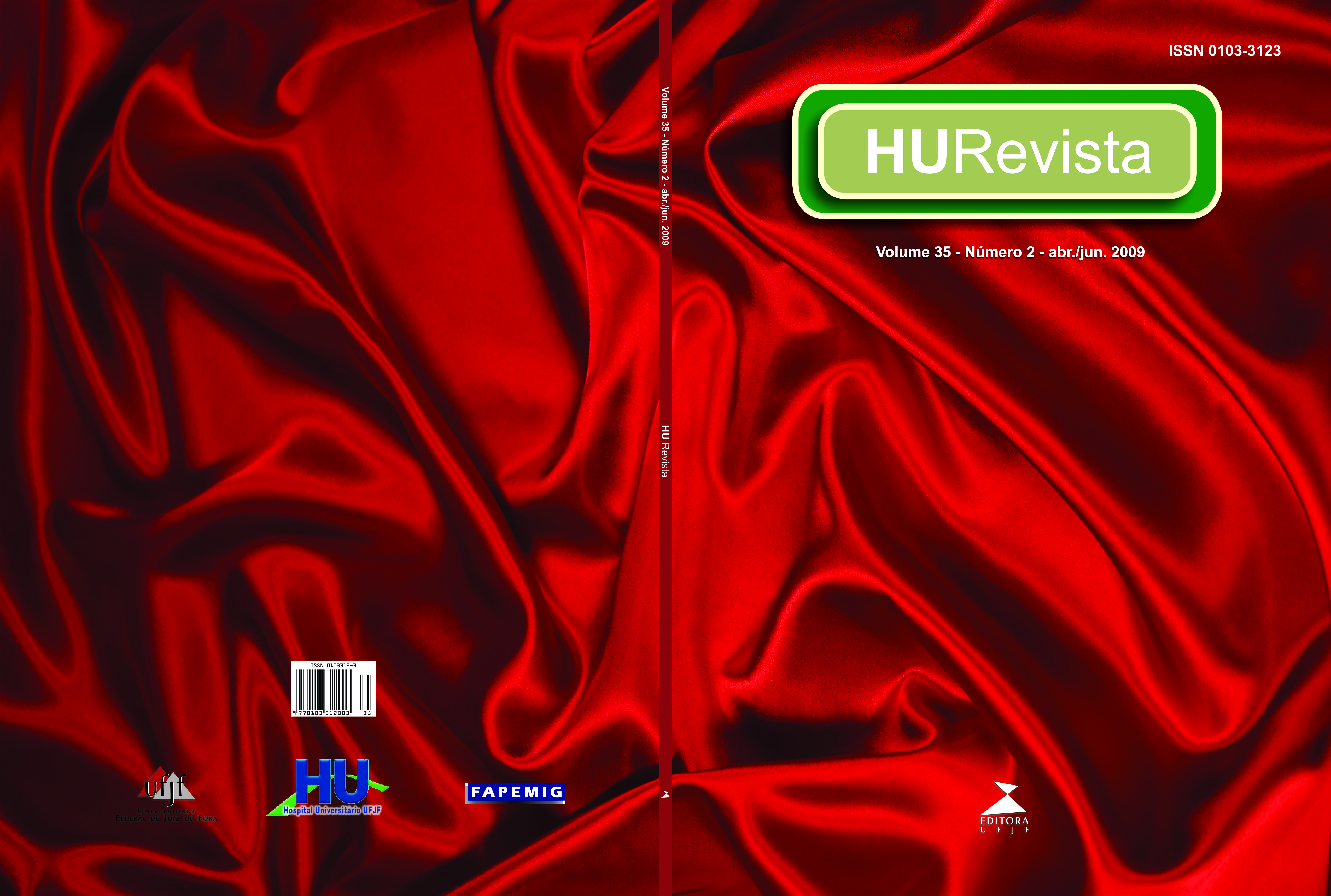Faecal Spontaneous Sedimentation Method: how many slides are really needed?
Keywords:
Doenças Parasitárias. Diagnóstico. Saúde Pública.Abstract
ABSTRACT<?xml:namespace prefix = o ns = "urn:schemas-microsoft-com:office:office" />
This work analyzed the ideal number of slides needed for fecal spontaneous sedimentation technique, with the purpose to contribute in the diagnostic of stool test with low cost and higher benefice. In a study about intestinal parasite infection prevalence, the maximum number of slides analyzed was five slides per fecal sample, considered as a gold standard. Each slide was evaluated by different observers. Analyzing only one slide the enteroparasites positive frequency was less 60.0% and it was increased to 79.7% when analyzing the second slide. During the observation of the third and fourth slides the positive samples was 87.5 and 95.3, respectively. It was verify that the sensibility and specificity increased with the slides number examined and during the observation of three slides per stool sample, the sensibility was 87.5% and the specificity was 99.1%. Among the enteroparasitos, the most prevalent were hookworms and Giardia lamblia, with 13.7% for both. The analyze of only one slide reveal the major risks of false negative cases. The results finding suggest the realization of three slides per stool sample for fecal spontaneous sedimentation technique, in the attempt to increase the efficiency of the fecal diagnostic methods with low costs for the public health care.
Downloads
Downloads
Published
How to Cite
Issue
Section
License
Cessão de Primeira Publicação à HU Revista
Os autores mantém todos os direitos autorais sobre a publicação, sem restrições, e concedem à HU Revista o direito de primeira publicação, com o trabalho licenciado sob a Licença Creative Commons Attribution que permite o compartilhamento irrestrito do trabalho, com reconhecimento da autoria e crédito pela citação de publicação inicial nesta revista, referenciando inclusive seu DOI.









